What is the difference between 201 stainless steel and 304 stainless steel?
 What is the difference between 201 st...
What is the difference between 201 st...The development and application of steel metal and its composite materials often requires effectively controlling and accurately determining the carbon sulfur content. Carbon in metal materials is mainly used in the form of free carbon, solid -soluble carbon and carbon carbon, as well as gaseous carbon and surface carbon and organic carbon.
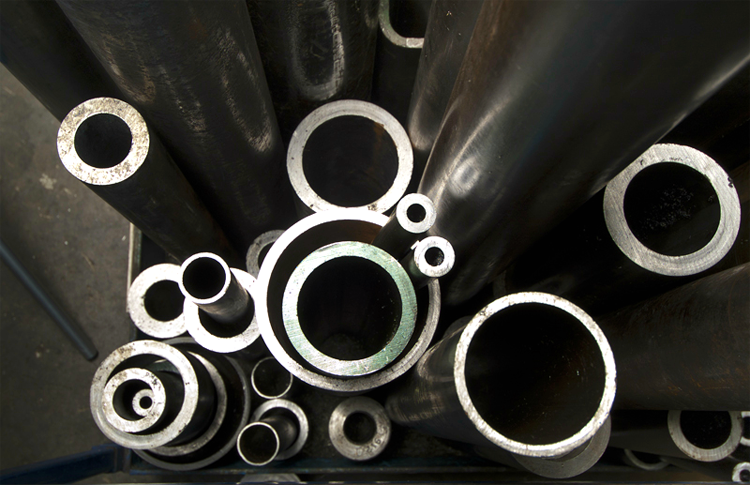
At present, the methods of analyzing the carbon content in steel metal are mainly combustion, launching spectral method, gas capacity method, non -aquatic solution titration method, infrared absorption method and chromatography method. Because each measurement method has a certain scope of applications, and the measurement results are affected by many factors, such as the form of carbon existence, whether the carbon can be released completely, blank values, etc. during oxidation difference. This article organizes the current carbon analysis methods, sample processing, the instruments and application fields used in metal.
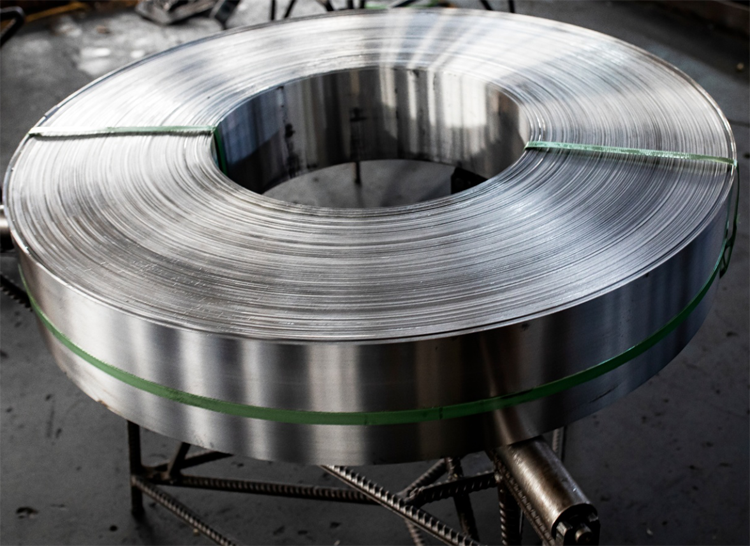
The combustion infrared absorption method developed based on the infrared absorption method is a special method of quantitative analysis of carbon (and sulfur).
The principle is to burn the sample in the oxygen flow and generate CO2. Under a certain pressure, the energy of the CO2 absorbing infrared rays is proportional to its concentration. Carbon amount.
In recent years, infrared gas analysis technology has developed rapidly, and analysis instruments that use high -frequency induction heating and burning and infrared spectrum absorption have also emerged quickly. For carbon and sulfur measurement of high -frequency burning infrared absorption method, the following factors should generally be considered: the dryness, electromagnetic sensitivity, geometric size, sample volume, the type, proportion of melting agents, the order of the sample, the order of the melting agent, and the amount of added. Settings of blank value.
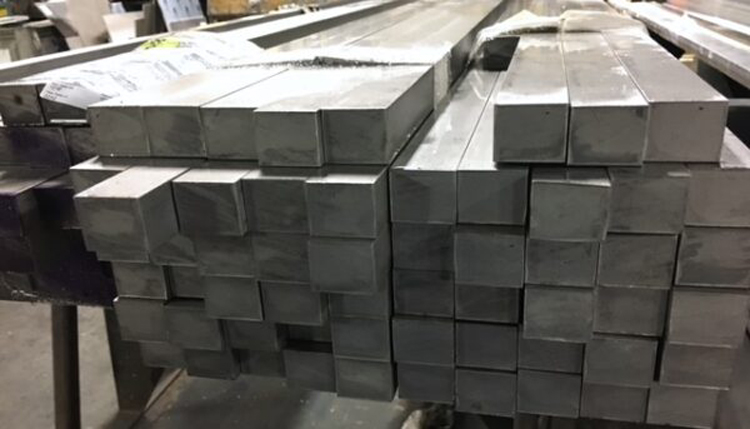
The advantage of this method is quantitative accuracy and less interference items. It is suitable for users who have high requirements for the accuracy of carbon content and have enough time to test in production.
When the element is stimulated by thermal or electrical excitation, it will transition from the base state to the exciting state, and the stimulus will return to the base state spontaneously. In the process of returning from the stimulus state to the base state, the characteristic spectrum of each element will be released, and its content can be determined according to the strength of the feature spectrum.

In the metallurgical industry, due to the urgency of production, the content of all major elements in the water in the water in a short time, not just the carbon content. The spark -read launch spectrometer has become the first choice for the industry because it can quickly get stable results. But the law has specific requirements for samples.
For example, when the spark spectrum method analyzes the cast iron sample, the carbon on the surface is required to exist in the form of carbides. There must be no free graphite, otherwise it will affect the analysis results. Some users use the characteristics of thin samples to be cold and fast, and the white mouth is made to make the sample into thin slices, and the content of carbon in the cast iron was determined by a spark spectrum analysis method.

When analyzing the carbon steel line sample of the spark spectrometry method, the sample must be strictly processed and using a small sample analysis fixture to "stand upright" or "flat" on the spark table to improve the precision of the analysis.
The wavelength scatter X-ray analyzer can quickly measure the multi-element.

Under the stimulation of X -ray, the inner electrons of the measured element atom occur the energy level transition and emit secondary X -rays (that is, X fluorescence). The wavelength scattered X -ray fluorescent spectrometer (WDXRF) is a diffracted feature X -ray signal with a crystal spaming and the detector is received by the detector. If the spaghettone crystals and the controller are synchronized and the diffraction angle is constantly changing, the wavelength of the characteristic X -rays generated by various elements in the sample can be obtained. Essence This kind of instrument was born in the 1950s. Because of the complex systems that can be determined at the same time, it can be paid attention to at the same time, especially in the geological department. This instrument has been configured. The analysis speed has been significantly improved and plays an important role.
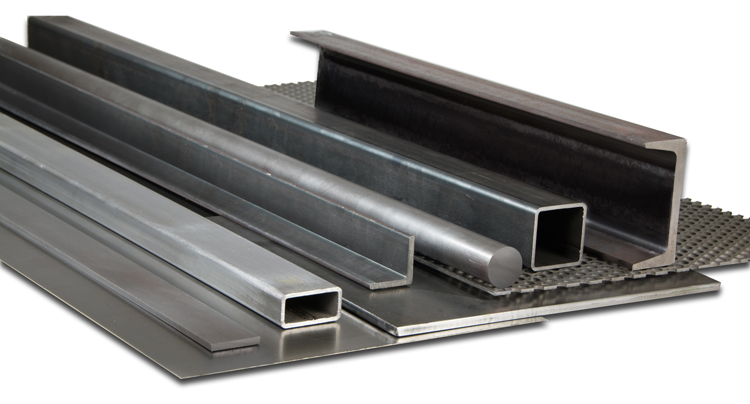
However, due to the long wavelength and low fluorescent production of light element carbon, in the heavy base materials such as steel, the absorption attenuation of the characteristic radiation of carbon characteristics of the substrate is very large. difficulty. In addition, when using X -ray fluorescent meter measured carbon in steel, if the grinding sample surface is measured continuously 10 times, it can be found that the carbon content value is continuously increased. Therefore, the application of this method is not as wide as the first two.
The non -aquatic solution titration method is a titration method in non -water solvent. This method allows some weak acid and weak alkali that could not be titted in the aquatic solution. After choosing an appropriate solvent, it can be titled after enhancing its acid and alkali. CO2's carbonic acid generated in water in water is weak. It can be accurately titled by selecting different organic reagents.
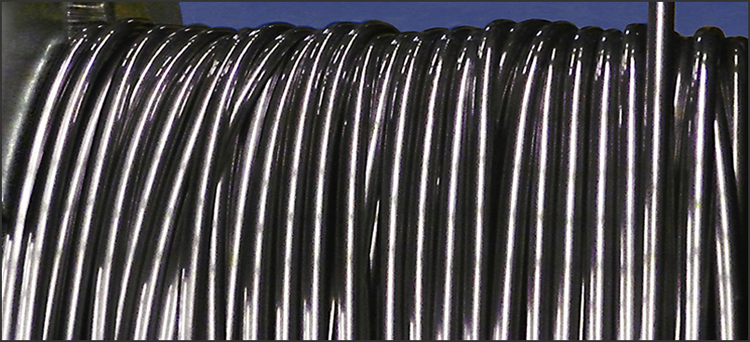
The following is a commonly used non -water drop method:
① The arc combustion furnace with a carbon sulfur analyzer is burned at high temperature.
② The carbon dioxide gas released was absorbed by the ethanol-ethanlamine solution, and carbon dioxide and ethanlamine reactions generated a relatively stable 2-hydroxyl ethyleine carboxylic acid.
③ Use KOH to drop non -aquatic solution.
The reagents used in this method are toxic. Long -term contact will affect human health, and it is difficult to operate. Especially when the carbon content is high, the solution must be preset. If you do not pay attention to running, the carbon will cause the results to be low. The reagents used in non -aquatic drops are mostly flammable. The experiments involve high temperature heating operations. The operator must have sufficient safety awareness.
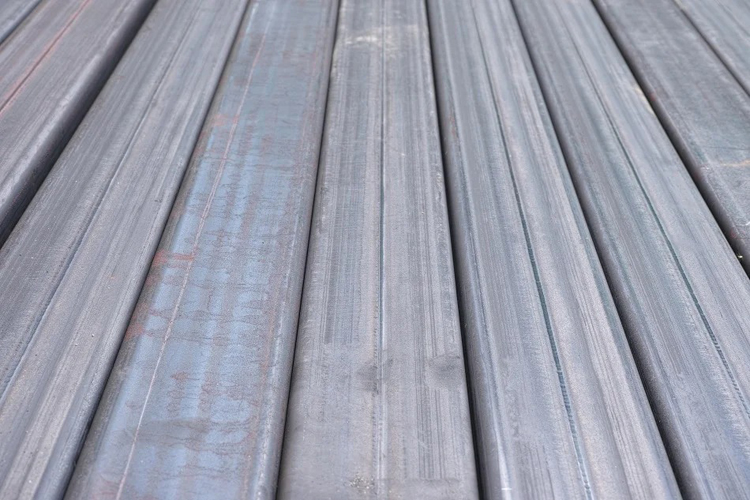
The flame atomic detector is used with the gas color spectrum to heat the sample in the hydrogen, and then use the flame atomic detector-gas phase color spectrum method to detect the gas (such as CH4 and CO). Some users use this method to test the trace carbon in high pure iron, with a content of 4 μg/g, and the analysis time is 50min.
This method is suitable for users with low carbon content and high requirements for test results.
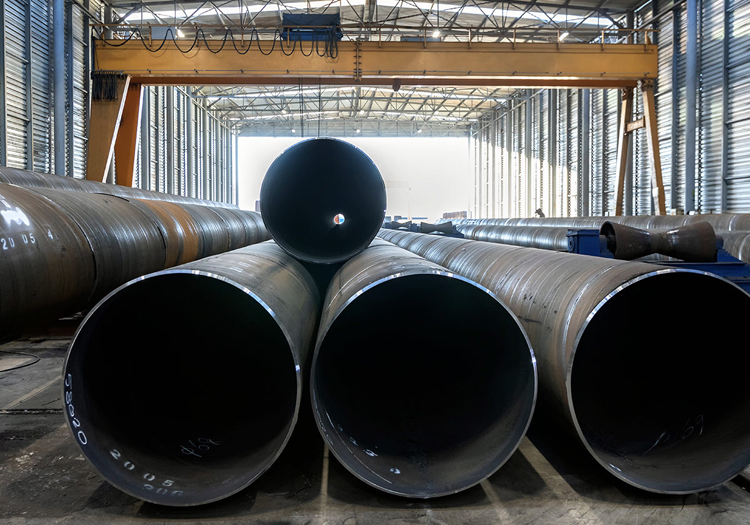
Some users introduced the use of potential analysis method to determine the low -carbon content of alloy: After oxidizing the iron sample in the inductive furnace, the electrochemical thick battery analysis of the electrochemical difference battery analysis with potassium carbonate solid electrolytes is used to determine the concentration of carbon. The method is especially suitable for the determination of very low concentration carbon. It can control the precision and sensitivity of the oxidation rate control analysis of the reference gas composition and the sample.
The law is less applied, and most of them stay in the experimental research stage.
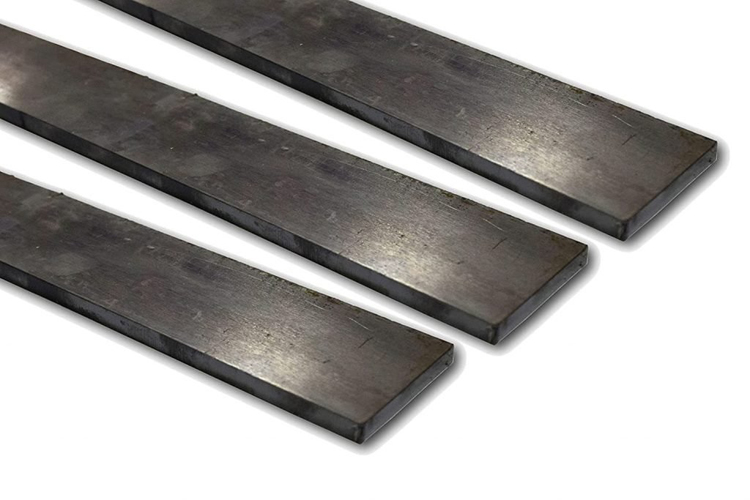
When refining steel, it is often necessary to control the carbon content in melting steel in the vacuum furnace in real time. Scholars in the metallurgical industry have introduced an instance that uses exhaust information to estimate the carbon concentration: using the consumption of oxygen consumption in vacuum containers in vacuum decarburization process The flow rate of concentration and oxygen, and gaseous estimates the carbon content in the melting steel. Essence
There are also users developing the method of rapidly measured carbon in melting steel and related instrument devices: drum the carrier into the melting steel, and estimate the carbon content in the melt steel from the carbon that has been oxidized in the load.
Similar online analysis methods are suitable for quality management and performance control in the process of steelmaking production.
 What is the difference between 201 st...
What is the difference between 201 st... Why is 316 stainless steel better tha...
Why is 316 stainless steel better tha... 400 series stainless steel science
40...
400 series stainless steel science
40... How to distinguish the processing tec...
How to distinguish the processing tec... Non-standard design materials of bras...
Non-standard design materials of bras... What type of titanium alloy does Tc4 ...
What type of titanium alloy does Tc4 ...